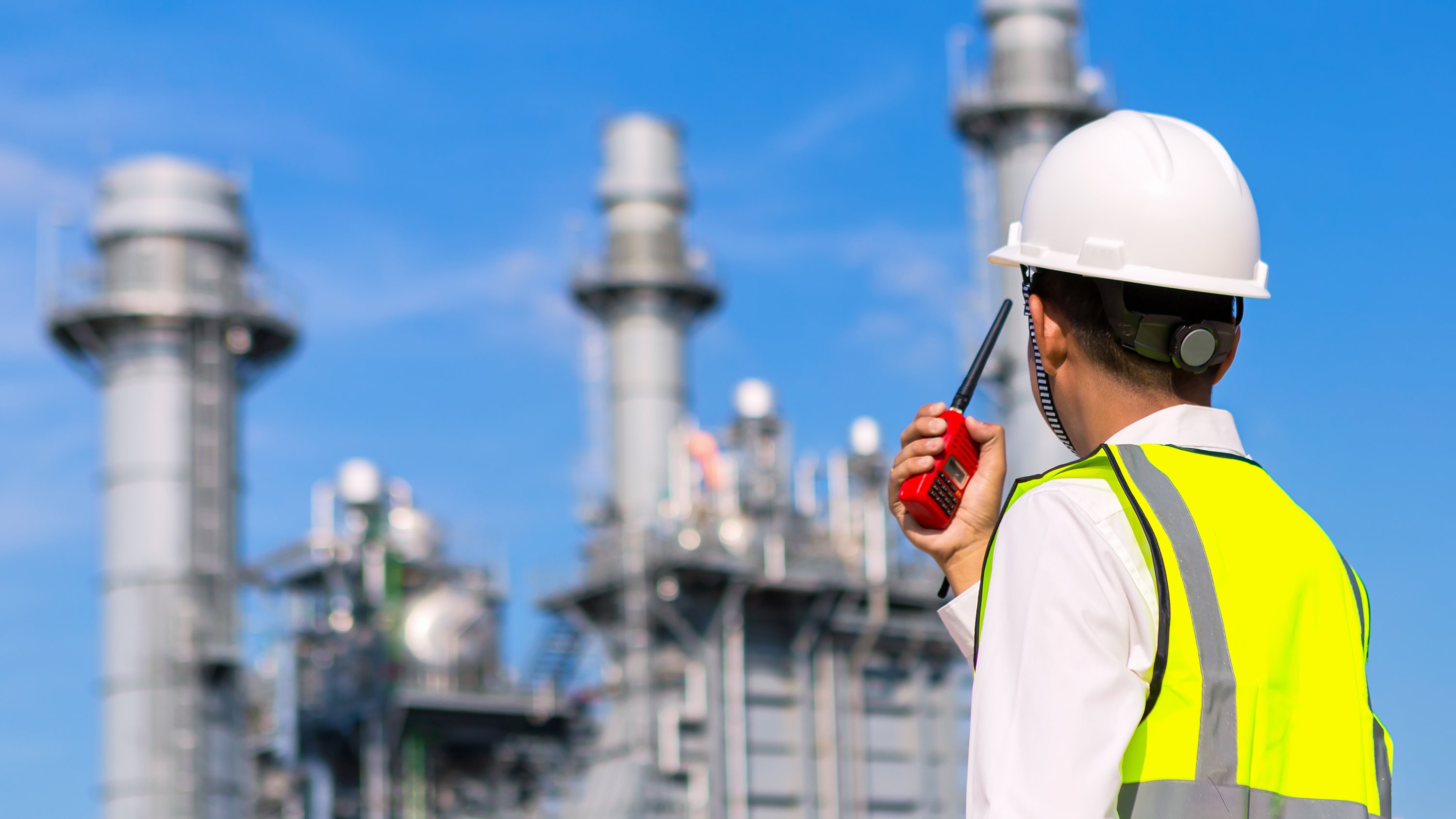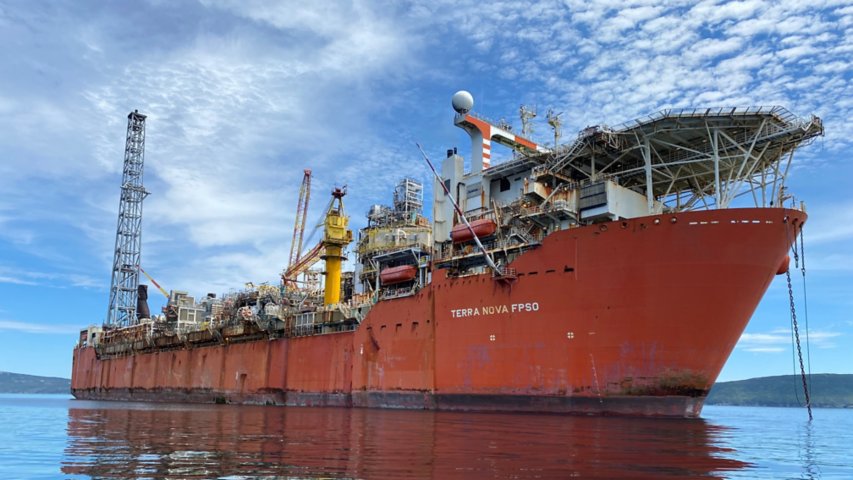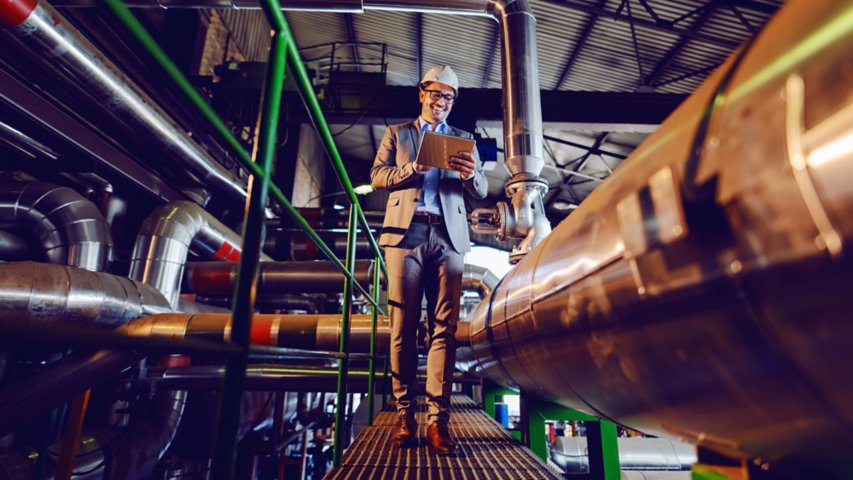Four stages to capturing and storing CO2
At its most basic capturing and storing CO2 can be broken down into four stages.
- Capture.
- Conditioning.
- Transportation.
- Injection and storage.
Though capture and storage are touted as being a simple solution there is in fact more involved. Small changes in the pressure or temperature of the CO2 streams can lead to rapid and substantial changes in CO2’s physical properties, which will alter flow, density and compressibility. Therefore, at each stage it is important to have the right measurement tools to know when changes in the CO2 stream occur.
Another consideration is that there are different types of CCUS systems available. In some of these the conditioning stage occurs right after capture, as the CO2 is pumped directly into the wellhead and injected into the storage location close to the capture site. If this is the case, there will be fewer measurement points needed along the process. Custody transfer is not a consideration in this instance.
To help manage the growth of carbon capture utilization and storage technology, the development of common storage hubs has become more prevalent. This most often will be an area of pour space managed by the company that can provide a dedicated carbon sequestration space drawing carbon from various emission sources around their facility. What this also means is that the conditioning stage of carbon capture can happen at the capture site before it is stored.
Sensia holistic system architecture for CCUS
Inherent in the capture and storage of CO2 there are challenges in what tools and instruments are needed at which stage along the process. Some of the measurements needed are based on operational and efficiency parameters, whereas other measurements are required to meet regulatory data collection mandates.
Tools that will alert you in near real-time to small changes in pressure and temperature in CO2 along the process are equally important, especially when even small changes can lead to rapid and substantial changes in the physical properties of CO2. Pressure changes, for example, might indicate a leak. If a leak is not detected in near real-time, it can lead to significant problems.
With the acquisition of Swinton Technologies, Sensia is focused on providing a holistic system architecture to meet the challenges and requirements of carbon capture utilization and storage. This system leverages measurement supervisory systems or cloud-based applications that can enable live uncertainty for any type of meter.
Optimizing the process
When the right tools are in place and you are able to effectively monitor capture, conditioning and storage in near real-time, it’s now possible to look at optimizing the process. In particular, the conditioning phase can be optimized.
There are several different ways to optimize this process, such as optimizing hydration to avoid liquid drop-out. Or optimizing the water content of acid gas streams, while also being able to avoid the formation of hydrates. Establishing an operating map to show the compression stage tree for an injection site will indicate the safe operating point to avoid liquid drop-out from your compressors and avoid hydrate formation in the lines. Knowing the exact phase envelope and the physical properties of the acid gas stream, coupled with all models, enables you to avoid these conditions.
Similarly, in monitoring the pressure and temperature of the stored CO2, it is possible to establish optimal parameters for the reservoir and wellhead pressure, temperature monitoring, injection monitoring, fluid composition, and identifying leak zones.
We suggest Sensia’s Avalon solution, which is an open platform that enables autonomic, automated and connected solutions. It allows Sensia and third-party equipment, devices and systems to connect, integrating multiple sources of data. That data is then transformed into easy to read and actionable operational intelligence.
The right tools help us work toward meeting those UN goals.
To learn more: https://www.sensiaglobal.com/Measurement
Note: Avalon is a Sensia held trademark.





